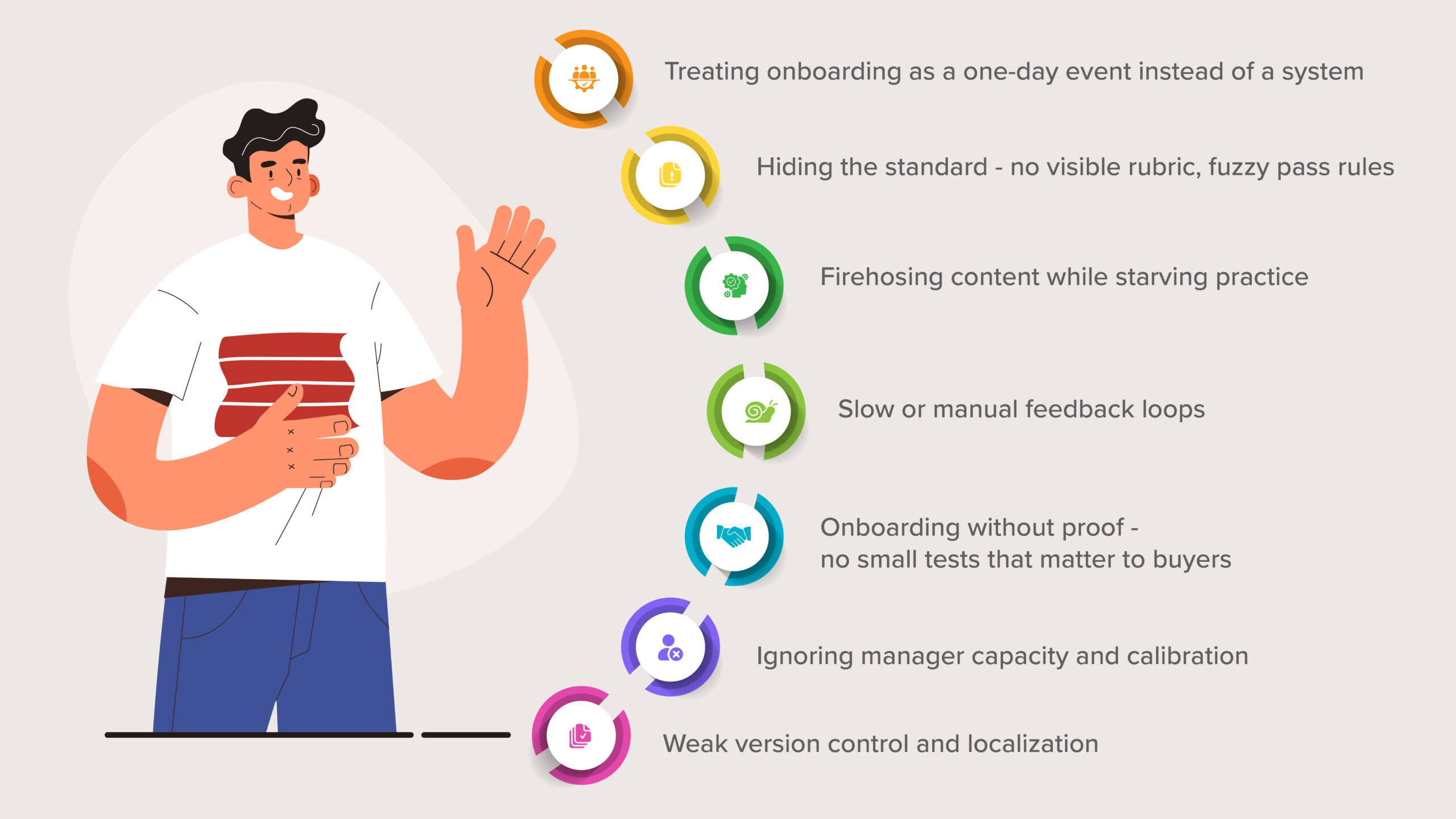What is Consultative Selling and how can sales reps approach it?

A recent study conducted by Salesforce found that,
From the above statistics and various other research reports, one thing can be said for sure. Today’s buyers want to be heard and understood by their sellers.
But developing a good understanding isn’t so straightforward. One way to get there is through a methodology known as consultative selling.
In this blog, we are going to explore the concept of consultative selling further and check out the consultative selling process and tactics. Keep reading,
What is Consultative Selling?
Consultative selling is a sales approach centered around understanding buyer needs and positioning offerings as solutions to those problems.
It is an investigative sales approach wherein sales reps use research, knowledge, empathy, and thought-provoking questions to build a strong relationship with the prospective customers and provide solutions in such a way that it provides value for them.
In this approach,
- The first objective of the salesperson is to establish a trusted relationship with the customer
- The second objective is to sell the right product to them
How is consultative selling different from regular transactional selling?
Consultative selling stands in stark contrast to transactional selling. Transactional selling is focused solely on hitting revenue targets. Consultative selling, while also interested in hitting revenue targets, aims to do that by helping customers succeed. And that makes all the difference.
When you have a consultative sales approach, you measure success by the impact you have on customers, the outcomes they’re achieving, and their success. You focus your messaging around this data, rather than on your features and benefits.
You never treat the customer as a number. Instead, you view yourself as a trusted advisor for your customers. Not surprisingly, that’s exactly what buyers want, especially when purchasing expensive, complex solutions.
Benefits of consultative selling
- Increased revenue through both new and existing customers
- Shorter sales cycles
- Competitive advantage over your competitors
- Empowers sellers to close deals faster and hold longer buyer relationships.
Consultative sales process
Here is how the sales reps can approach a consultative sales process
1. Research
- Who their prospect is
- And what their business is
That includes information related toTo collect all this useful information about a client, the sales reps can depend on,
- The prospect’s industry
- Their competitors
- The solutions they have leveraged or are currently leveraging
- The people who have the decision-making authority at their company
- And any other relevant points that would sway their decision to buy a product or service like yours.
- The LinkedIn profile of the company
- Go through the LinkedIn profiles of the stakeholders with whom they are going to interact
- Pore through the prospect’s company website
- Read up on industry-specific educational content etc
One way or another, your reps need to set themselves up for success by educating themselves as best as they can.
2. Ask questions and listen actively
Next, when the reps come in contact with their prospects they need to ask thoughtful, open-ended questions that can help them figure out the pain points of the prospect. Most of those questions should have some degree of specificity and personalization. This is an opportunity where the reps can apply the research that they have done.
The sales reps then need to listen actively and intently when their prospects answer those questions. They also need to demonstrate that they are listening to the prospect by remaining engaged, paraphrasing their answers, and reflecting on what the prospect says.
- Position himself as a trustworthy advisor
- Present better-targeted solutions before the prospect
- And start to build a productive relationship with the prospect
3. Diagnose your prospect’s issue and determine the solution
Once your reps have asked a list of thoughtful questions and understood the pain points of the prospects, they must now begin to think and determine the solution that is suitable for their prospect. They need to figure out how they (specifically) can help the prospect.
Ask them to figure out what their prospect’s main issues, concerns, and priorities were.
- What came up most consistently?
- What did they seem to stress more than anything else?
- If they were to use your product or service, what would they be using it for?
- What outcomes did they want to see? etc
The answers to these questions will ultimately guide them to shape their value proposition (solution) which they can present before the prospect. Once the solution is determined, they should create a detailed product pitch or demo to present before the client.
In their demo or pitch, encourage them to be more pointed in terms of which aspects of your product or service will bring those desired outcomes for the clients. And they need to remember that successful consultative selling is customer-specific — and so their value proposition needs to reflect that.
4. Educate your prospect on solutions you come up with
Now once your reps have the intel and a solid idea of what they can do for a prospect, they should now relay that information to their prospects confidently and effectively. Consultative selling pitches, presentations, and conversations need to show a high degree of personalized understanding.
By this point, your reps would have built a relationship with the prospect to some extent at least. Now, they need to prove that they take this relationship seriously. They need to show that they’ve listened to the prospect and that they understand them.
They need to convey a value proposition that will help the prospect’s business. Here they should not offer some vague spiel about how businesses in general fare with your product or rattle off a list of all its features. Instead, they need to emphasize how the solution is going to solve the problems faced by their prospect and produce the desired business outcomes for them.
Encourage them not to be pushy, arrogant, or aggressive here. Instead, ask them to be prepared to field more questions and potential objections. They need to be thoroughly prepared and open-minded, and always remember that this isn’t about them — it’s about the prospect.
5. Be patient and give the prospect enough time to come to a decision
Once the solution is presented to the client, the sales reps must not get anxious and persuade the prospect to close the deal in any way whatsoever. Instead, they must be patient and
- Accommodate as many additional meetings as the client requests
- They must provide as much additional information as the client needs
- And if required, they also should provide a free trial period of the product or the service to the client
All these steps are going to strengthen the trust and relationship of the client with the sales rep and bring the client closer to signing the deal.
Here is an ultimate guide that helps you practice active listening in salesPermalink
The Ultimate Guide to Active Listening in Sales
Learn how to build rapport with your prospects virtuallyPermalink
4 Techniques To Build Rapport Virtually
Learn about the open-ended sales questions that you can ask to get your prospects talkingPermalink
Open-ended sales questions that your reps can use to get the prospects talking
Learn about the sales and marketing qualified leads and what is the right way to pass them from the marketing team to the sales teamPermalink
MQL vs SQL: What are they and How do They Differ?
Learn how to overcome your prospects’ resistancePermalink
How to overcome Prospects’ Resistance?
Learn about various buyer personas and how can you customize your selling style to appeal to themPermalink
The 6 Buyer Personas and how to train your team to sell to them
Explore the concept of buyer-first selling and how it helps improve your salesPermalink
how can sales reps adopt a buyer first selling approach
How can managers instill a Buyer-First mindset amongst their team members
Related Posts
LMS + Gamification for Enterprise Sales Teams
The 2025 Guide to LMS + Gamification for Enterprise Sales Teams Enterprise sales is a moving target. Messaging changes. Products...
Creating a Safe Learning Environment: AI’s Role in Sales Skill Development
In today's fast-paced sales environment, creating effective training programs that allow sales representatives to develop their skills in a supportive...
How can Trainers Use AI Sales Role plays to Train MRs Better Detailing and Closing Techniques
In general, companies investing in sales training are 57% more effective than those who don’t. Let’s break that down with...
Looking for a sales training software that takes your sales training to a whole new level?
Explore SmartWinnr’s Learning and Gamification features. Learn how to run fun and engaging sales training and sales coaching for your team through SmartWinnr.
Curious to learn more about it? Book a demo today!
 Two way AI Role Plays
Two way AI Role Plays Targeted Learning
Targeted Learning Gamification
Gamification Sales Coaching
Sales Coaching Sales Contest
Sales Contest Implementation
Implementation Consulting
Consulting Enterprise Ready
Enterprise Ready Pharmaceuticals
Pharmaceuticals Medical Devices
Medical Devices Insurance
Insurance Banking
Banking Technology
Technology Senior Living
Senior Living Sales
Sales Call Centers
Call Centers Marketing
Marketing Improve Sales Productivity
Improve Sales Productivity New Hire Onboarding
New Hire Onboarding New Product Launch
New Product Launch Channel Partner Training
Channel Partner Training Sales Events
Sales Events Success Stories
Success Stories Whitepapers and eBooks
Whitepapers and eBooks Contest Template Designer Tool
Contest Template Designer Tool Sales Training
Sales Training Gamification
Gamification All Blogs
All Blogs
